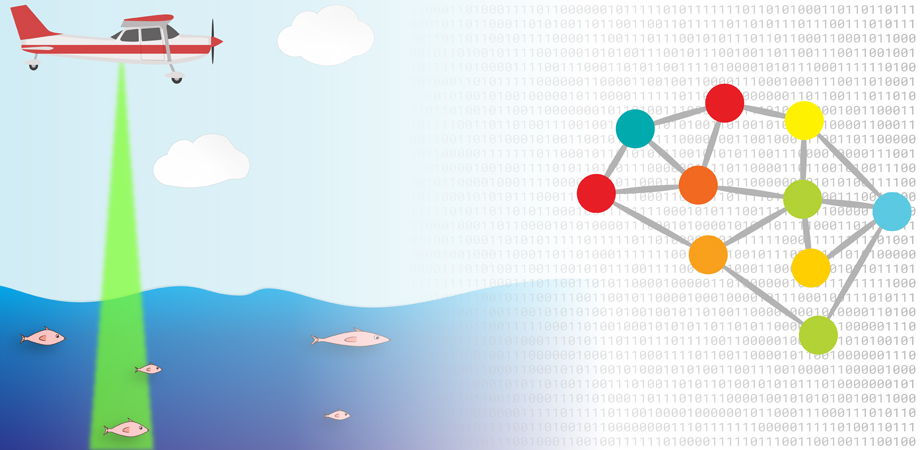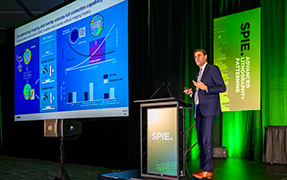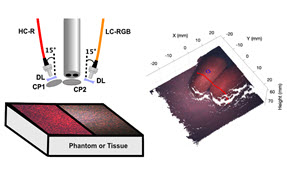Machine learning and lidar: New tools for the tackle box

In addition to fishing pressure, environmental considerations such as the presence of predators and survival of larva are factors in establishing fishery catch limits. Knowing the locations of fish stocks is vital for setting appropriate limits. However, knowing the locations of various stocks is difficult. Aerial surveys, done visually or with camera systems, can be done fairly quickly. However, lidar can detect fish much deeper in the water. Fishery surveys that employ airborne lidar data often require manual identification of fish—a process that is time-consuming because of the large amount of data produced by the lidar.
Researchers from Montana State University may have found a way to reduce the time required to identify fish on such lidar surveys. In their study, recently published in the Journal of Applied Remote Sensing, the researchers successfully applied supervised machine learning to lidar data from fishery surveys to automate the identification process in regions that had a strong possibility of harboring fish. Supervised learning methods map input data to output labels through training on sample data pairs, which allows supervised algorithms to minimize misclassification rates.
The experiments simulated two real-world situations. One employed a classifier trained after the first day of a campaign and used on days after that, and one used a classifier trained on a previous campaign for a new campaign at the same location. In the experiments, several classifiers correctly detected most fish-containing regions and decreased the amount of data requiring manual inspection.
The datasets the researchers used were from a Yellowstone Lake survey to detect invasive lake trout, and from a Gulf of Mexico study investigating the location of surface fish after the Deepwater Horizon oil spill in 2010. Using the data from those studies, multiple experiments demonstrated that the amount of data requiring manual inspection was decreased by 61.14% and 26.8% in the Yellowstone Lake and Gulf of Mexico datasets, respectively, a significant improvement over manual inspection.

Data preprocessing overview. The original lidar data (far left) were first run through an algorithm that detected and smoothed the surface of the water (dashed red line). Once the surface was detected, surface correction was applied to compensate for changes in airplane elevation, and data above the surface of the water were removed. Finally, the depth of the image was adjusted based on the lidar's penetration depth or prior knowledge about the expected depth of fish. Credit: Vannoy et al.
"Our goal with this research was to see if machine learning methods could identify interesting objects in the cluttered lidar environment, hopefully allowing the entire process of data analysis to be faster and cheaper," said Bradley Whitaker, one of the researchers. "Our efforts, led largely by graduate and undergraduate students at Montana State University, are a good first step in accomplishing that goal."
The study presents multiple paths for future research into machine learning techniques, such as combining several classifiers' results to further increase time savings. The impact of the work is not limited to the fishery application, but also has benefits for monitoring environmental quality and ecological restoration. Ultimately, the researchers hope to develop unsupervised detection methods that reduce the role humans play in analyzing lidar data in fishery surveys, leaving them with more free time to cast a line.
Read the article by Trevor C. Vannoy et al., "Machine learning-based region of interest detection in airborne lidar fisheries surveys," J. Appl. Rem. Sens 15(3), 038503 (2021). doi 10.1117/1.JRS.15.038503
| Enjoy this article? Get similar news in your inbox |
|



